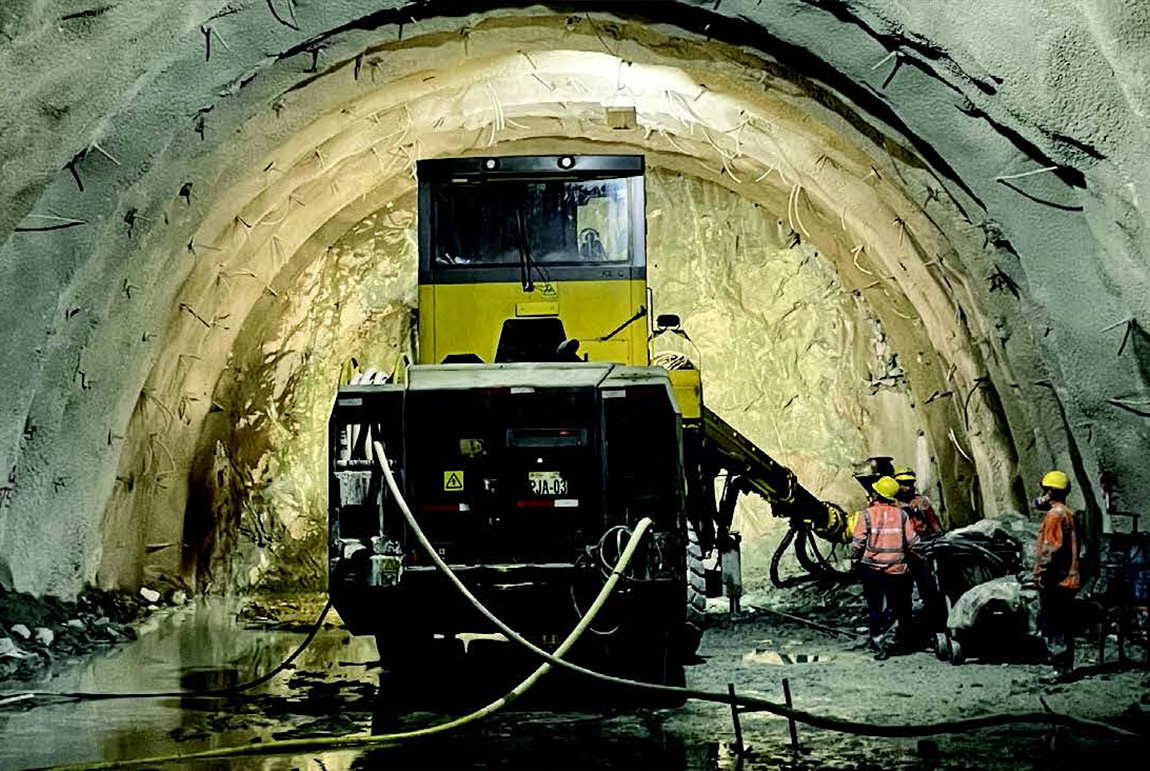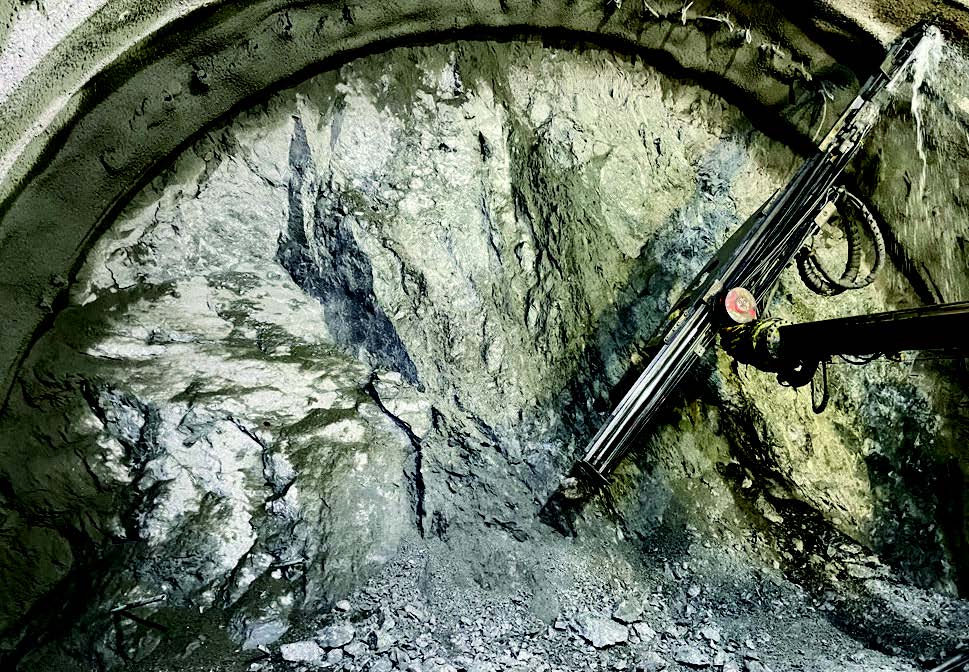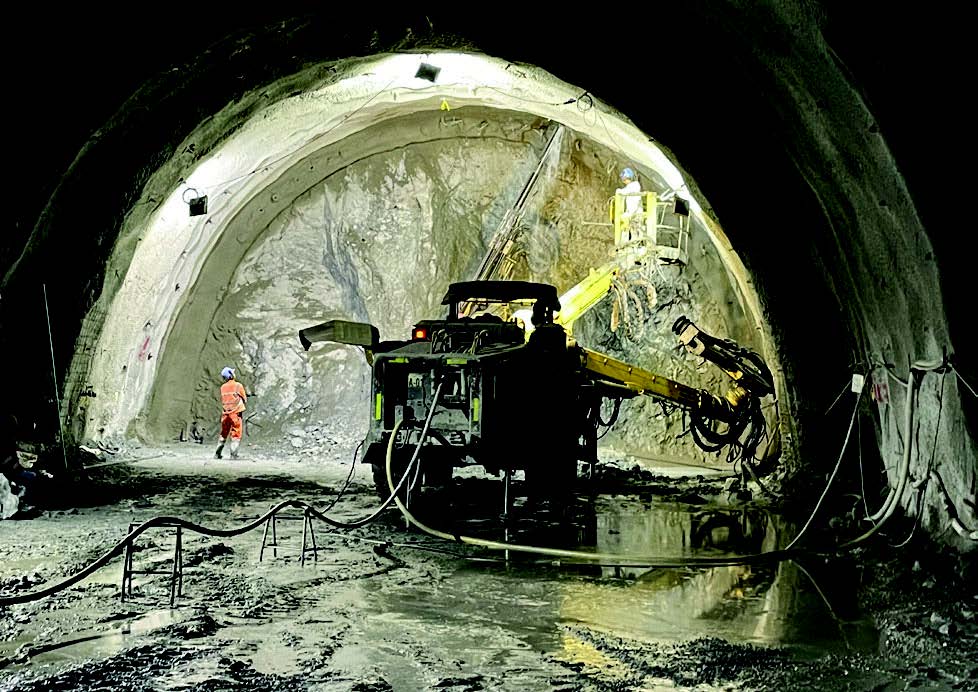Protecting the catchment area – Toyo tunnel
Description of the Environmental Measure
Problem detected:
The project consists of building section 1 of the Toyo tunnel (Colombia) and its access roads, beginning at kilometre point K22+300, at the junction with section 2m and ending at kilometre point K0+259.8. The section is 18,34 km, beginning in Santa Fe de Antioquia district and ending in Cañasgordas.
During the building of the Toyo tunnel, assurances were made that the treatment plants would be operating at 100% capacity to manage both seepage water and the industrial water generated, as the building of the tunnels advanced. These treatment plants were positioned as needed, assuring sufficient capacity at all times to treat the volumes of non-household wastewater. Dumping strips were authorised for the industrial water produced during the course of the tunnelling work, monitoring the water quality at the outlet from the treatment system.
Certain issues were detected, such as visual changes to the landscape, the removal of topsoil, the use of water from local springs, disturbance of the quality of surface water and impact on hydrobiological habitats and populations. These matters called for mitigation measures to minimise negative impact on the environment and on biodiversity.
Solutions adopted:
Complying with the maintenance procedure for plants and handling of dumping, activities were brought forward, including:
- Maintaining the sedimentation ponds located at the inlet to the treatment system.
- Maintaining and reading dumping sites.
- Maximum capacity at the discharge point.
- Monitoring in situ physical and chemical parameters of water before and after dumping.
To protect and conserve the catchment area, the following investment areas were established:
- Build septic tanks in the rural part of the catchment area.
- Restore and manage strategic ecosystems.
- Carry out land titling of Las Orquídeas National Nature Park.
- Technical study for conservation items at La Orquídeas National Park.
Revegetation of the area was achieved by means of the following tasks:
- Planting herbaceous species to stabilise the deposit areas.
- Planting trees in order to reforest the areas acted upon, with a view to favouring successive ecological processes to recover the terrain.
Results:
Priority was given to protecting and conserving the catchment area associated with the project works. The areas affected were also replanted in order to stabilise the land and prevent erosion, as well as carrying out ecosystem rehabilitation processes to restore the structure and function of the ecosystems affected.
The measures put in place ensured that the physical, chemical and hydrobiological characteristics of the water were not disturbed by the dumping and the presence of excavation materials and other pollutant waste.
Not content with this, however, approval was sought and obtained for additional investment in mechanisms to protect the catchment area.











